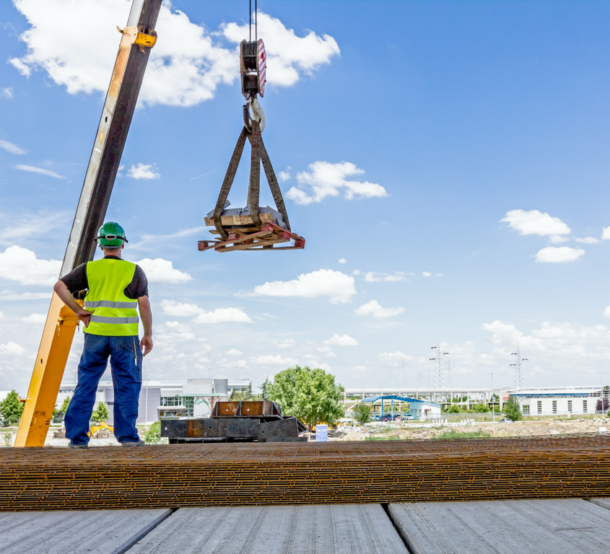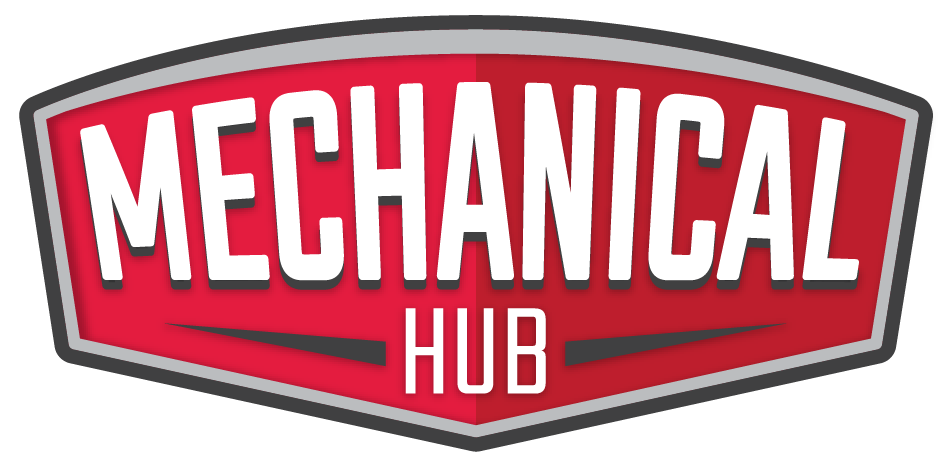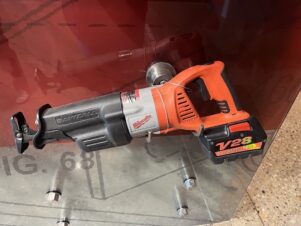Every lift on a job site carries risk – and in mechanical construction, there’s no room for error. Straining under heavy loads, using the wrong equipment or ignoring best practices can lead to injuries, damaged materials and costly delays. Even a simple mistake can put a worker out of commission or bring an entire project to a halt.
Knowing the biggest lifting hazards – and how to avoid them – is the key to keeping work moving forward without a hitch. Here, we’ll go over common lifting hazards and how to lift smarter to keep crews safe and projects on track.

Improper Lifting Techniques
One of the biggest causes of lifting-related injuries in mechanical construction is poor lifting technique. Many workers rely on brute strength rather than using proper body mechanics, leading to excessive strain on the lower back, shoulders and knees. Repeated bending, twisting and lifting with the back instead of the legs can result in long-term injuries that take workers off the job.
How to Avoid It:
- Train workers on ergonomic lifting techniques, including bending at the knees and keeping the load close to the body.
- Encourage team lifting when handling heavy or awkward materials.
- Provide lifting aids like hoists, pulleys or carts to reduce manual strain.
- Rotate tasks to minimize repetitive lifting and allow for muscle recovery.
Inadequate Lifting Equipment
Using the wrong tools – or worse, not using any lifting aids – puts workers at significant risk. Relying solely on manpower to lift pipes, HVAC components or heavy metal structures increases the chance of dropped loads, crushed hands and severe back injuries. Often, accidents occur when outdated or undersized equipment is used beyond its capacity.
How to Avoid It:
- Invest in high-end lifting equipment for industry to handle heavy loads safely.
- Inspect and maintain cranes, hoists, slings and rigging equipment regularly to keep them in working order.
- Match the lifting device to the weight and dimensions of the load to prevent failure.
- Train workers to recognize when mechanical lifting assistance is required rather than attempting a lift manually.
Unstable or Unsecured Loads
An improperly secured load can shift during lifting, causing equipment failure, dropped materials or catastrophic injuries. Pipes, ductwork and steel beams require careful securing to avoid movement mid-lift. A miscalculated center of gravity or unbalanced load can throw off the entire lifting operation.
How to Avoid It:
- Use proper rigging techniques, including slings, chains and straps rated for the load weight.
- Verify that the load is evenly distributed and balanced before beginning the lift.
- Secure loose materials to prevent shifting, and always double-check hook and sling placements.
- Communicate clearly with team members to coordinate lifts and avoid sudden movements that could destabilize the load.
Lack of Safety Training
Even the best equipment and lifting plans mean nothing if workers aren’t properly trained in safe lifting practices. Many injuries occur due to a lack of awareness or improper execution of lifting procedures. Without proper training, workers may rush a lift, ignore safety protocols or miscalculate the best way to handle a load.
How to Avoid It:
- Conduct regular safety training focused on lifting techniques, proper use of lifting equipment and recognizing potential hazards.
- Reinforce pre-lift planning to make sure all team members understand their roles.
- Implement a safety culture where workers feel comfortable reporting unsafe conditions.
- Provide refresher courses on lifting aids, PPE and site-specific hazards to keep best practices top of mind.
Building a Safer Job Site
Lifting hazards don’t have to be part of the job. With proper training, the right equipment and a safety-first mindset, mechanical construction crews can keep injuries low and productivity high. After all, when every lift is done safely and efficiently, the whole team benefits.
AUTHOR BIO: Julianne Jordan is Senior Marketing Specialist for Ashley Sling, a leader in the wire rope and rigging equipment industry. Jordan has nine years of marketing experience in various industries including hospitality and consumer goods, as well as rigging.




Join the conversation: